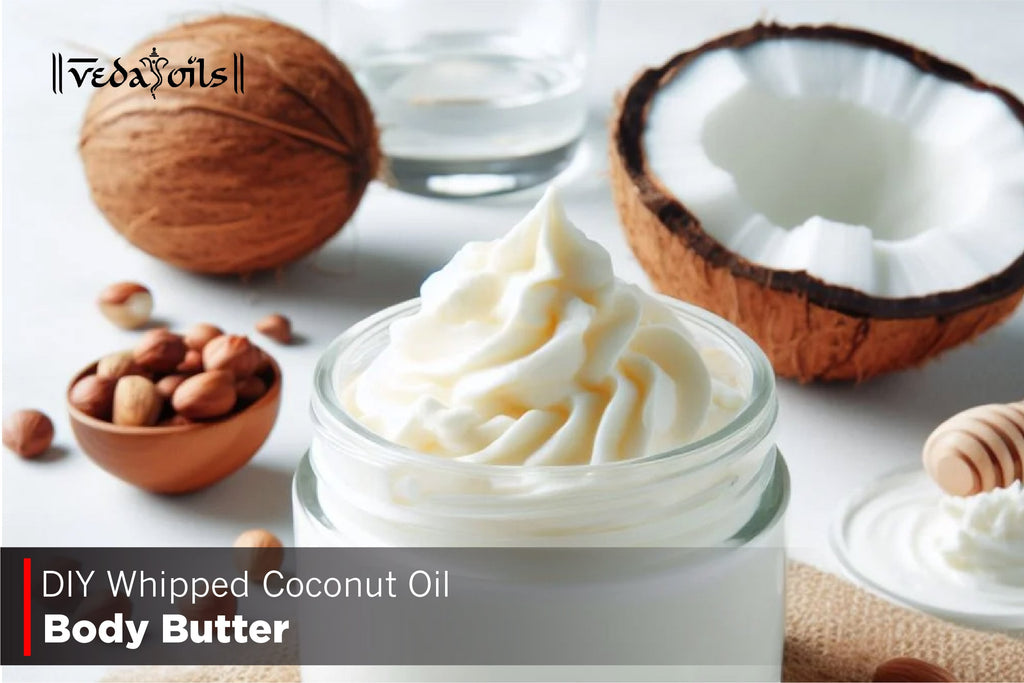Essential Oils For Bee Stings | Best Oils For Bee Sting Swelling
Bee stings can be nasty. The reactions followed by stings can differ from person to person. Pain, swelling, inflammation, and severe itching are some reactions that are caused as a result of a bee sting. The reason behind these symptoms is because of poisonous toxin, which requires emergency treatment. But the relaxing fact is that you can treat bee stings at home without the need to visit a doctor if you have essential oils by your side.

Essential oils can be an effective replacement for the commonly used anti-histamines. Essential oils, highly concentrated extracts from plants, fasten the healing process through interaction with the body. These oils contain hundreds of active chemicals that have the potential to accelerate the healing process. In detail, let's discuss different essential oils that help fight these bee stings.
Top 5 Essential Oils For Bee Sting Pain
Different essential oils like tea tree, lavender, basil, geranium and german chamomile oils are quite helpful in treating those nasty bee stings. That’s because these essential oils are rich in anti-inflammatory properties, making them an excellent medical herb for treating bee stings. Below are some best oils for bee stings;
1. Tea Tree Essential Oil for Bee Sting
Tea tree essential oil promotes wound and skin healing by keeping the infections in control. The uses of this natural anti-histamine don’t stop here. It also helps relieve the itching, inflammation and pain from the sting.

Tea tree essential oil behaves like a natural anti-histamine. These essential oils require a carrier oil when applied to your skin. Effective combinations commonly used for bee stings are this essential oil and witch hazel. This combo reduces pain and itching and removes bacteria from the skin.
2. Lavender Essential Oil for Bee Stings
Lavender essential oil helps in reducing allergies caused by the sting. It has antiseptic, anti-histamine and soothing properties. This essential oil helps in speeding the healing of the wound.

This popular stress-relieving essential oil is often an effective skin-healing essential oil too. The lavender essential oil doesn’t require other carrier oils to be added before use, making it a convenient and natural bee sting remedy essential oil.
3. Peppermint Essential Oil for Bee Stings
Peppermint essential oil contains antiseptic and anti-inflammatory properties. But, this essential oil also has anesthetic properties. This is caused by ‘menthol’, the main compound in the essential oil.

It is an effective pain-relieving essential oil for bee bites. Peppermint essential oils create a cooling sensation, but direct application to broken skin may aggravate the damage.
4. Chamomile Essential Oil for Bee Stings
Chamomile essential oil is world-famous for its calming properties. The essential oil has anti-inflammatory, antiseptic, and antihistamine properties.

Chamomile essential oil is beneficial for bee stings as well. It creates antibodies that act on the allergens and controls allergic reactions. This essential oil for bee stings also contains analgesic properties.
5. Eucalyptus Essential Oil for Bee Stings
Eucalyptus essential oil contains anti-fungal properties, anti-bacterial properties that reduce infection, and anti-histamine properties that control allergic reactions.

Eucalyptus essential oils can act as a natural bee sting remedy essential oil. This essential oil for a hornet or a bee sting requires carrier oil. The most commonly used one is jojoba oil.
Essential Oil Recipe For Bee Stings and Bites
Essential oils can be a great way to cope with the bee sting swelling and pain. The recipe explained below is called “Bee sting blend”. This can be a handy hack with essential oils for bee sting swelling and other reactions.
Ingredients:
- Lavender Essential Oil - 2 Drops
- Chamomile Essential Oil - 1 Drop
- Peppermint Essential Oil - 1 Drop
- Vetiver Essential Oil - 1 Drop
- Golden Jojoba Oil - 10 Drops
Directions:
Step 1: In a small non-reactive, non-food use bowl, Add 2 drops of lavender essential oil, 1 drop of Chamomile essential oil, and 1 drop of peppermint essential oil.
Step 2: Mix all these oils and then add the last oil, Vetiver essential oil with two drops of golden jojoba oil, into it.
Step 3: Combine all the above oils and leave them aside for a few hours.
Step 4: Once done with all the procedures, dab a cotton swab into the mixture and put it in the bee sting area.
Step 5: For complete relief, apply every few hours until the redness and pain slowly fade away.
Conclusion
There is no other way to say it; bee stings are painful. But thanks to these specialised essential oils for bee sting pain, swelling, and allergic reactions, there is an alternative to taking tablets that causes side effects. This natural method for pain relief can be used as a quick response to bee stings and can help control the body's responses to the bee stings.
You May Also Like:
Buy Products
Related Articles
Disclaimer :- This article is intended for informational and educational purposes only and should not be considered a substitute for professional medical advice. For specific health concerns or treatment, please consult your personal physician. The article's editor, writer, and VedaOils organization do not assume any responsibility for any health outcomes resulting from the information provided. Readers are strongly encouraged to seek advice from their physician before acting on any recommendations made in these articles.

















 Sign in
Sign in Register now
Register now My Reward Points
My Reward Points









